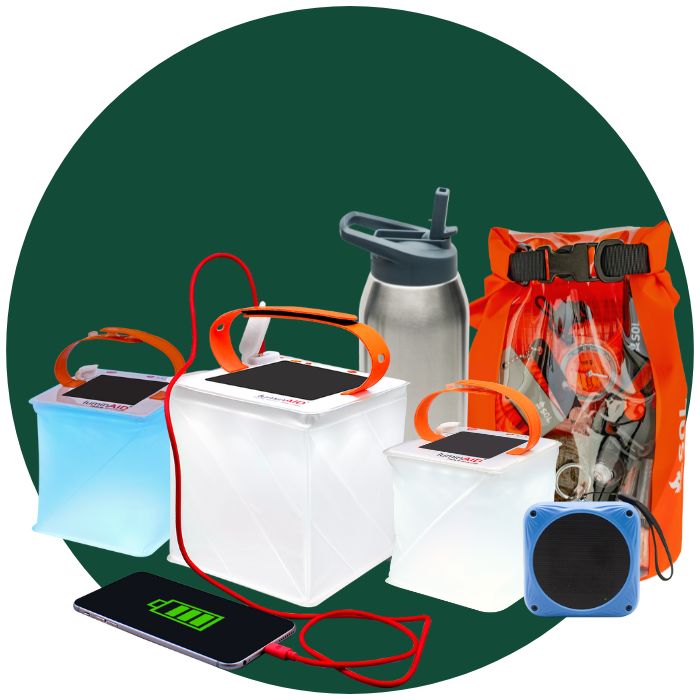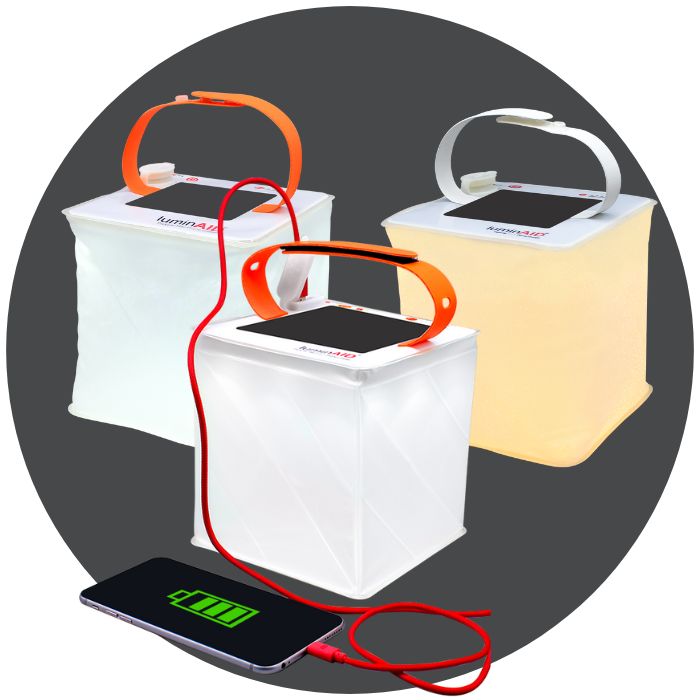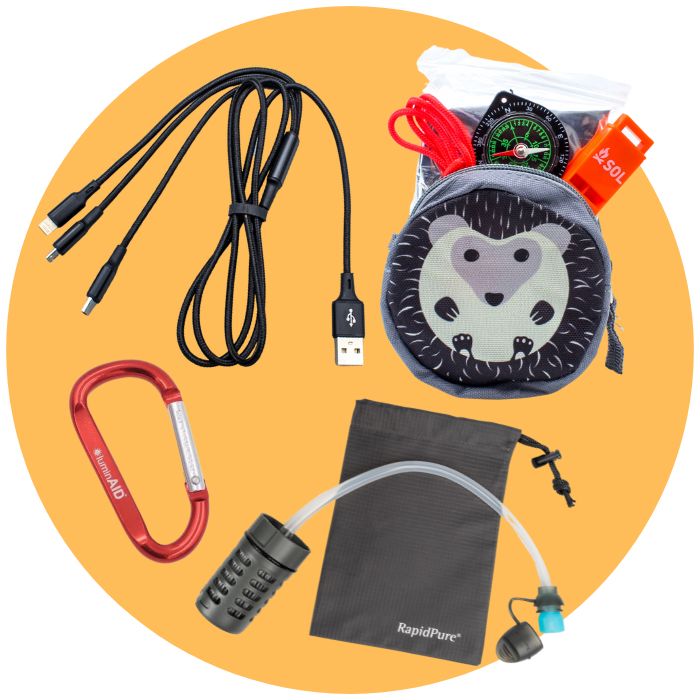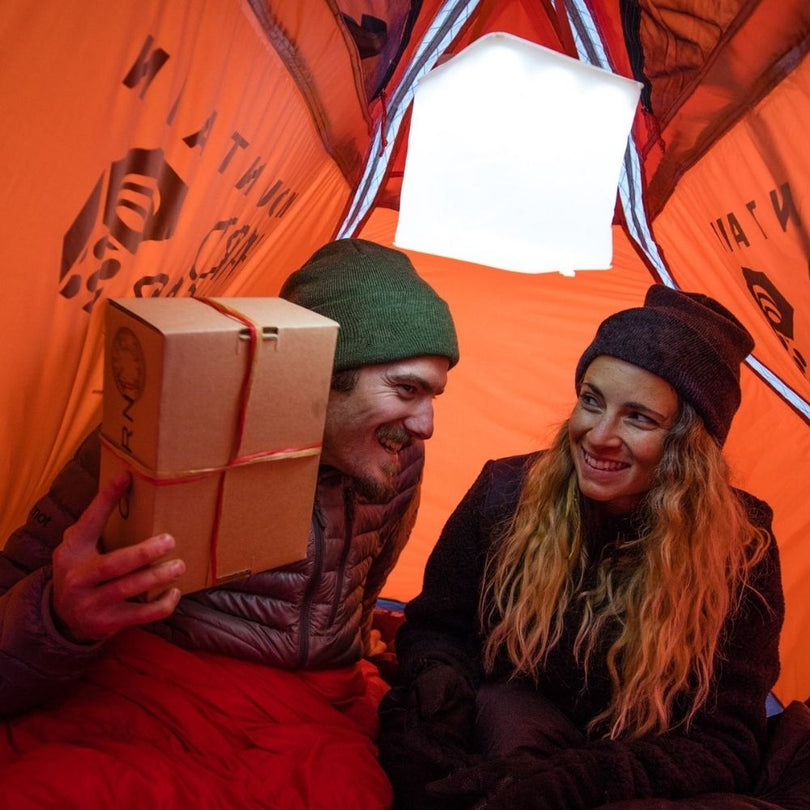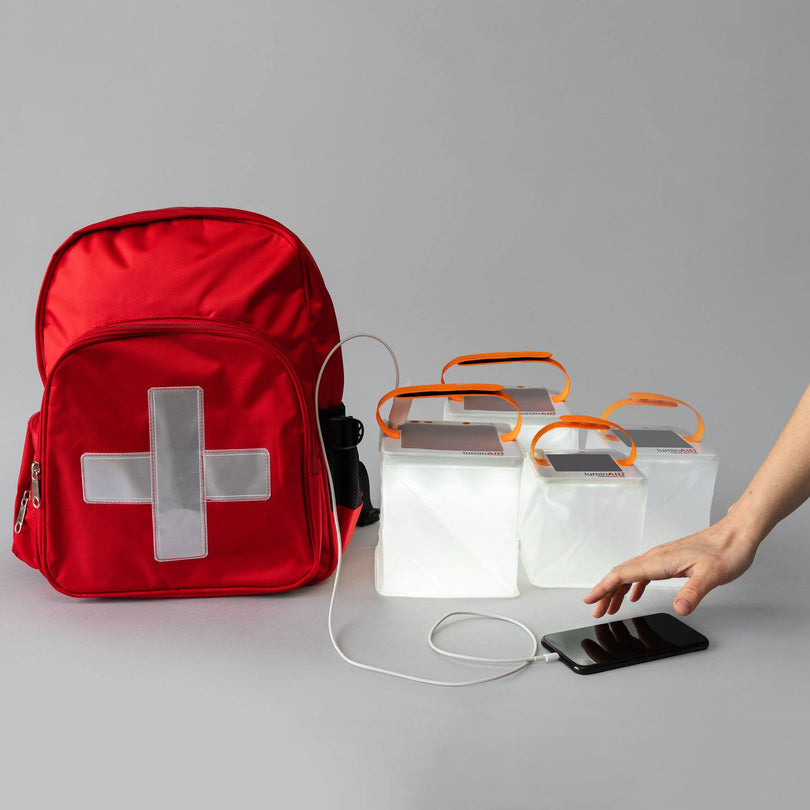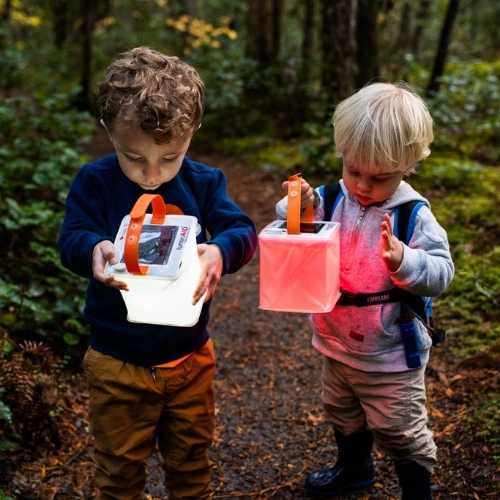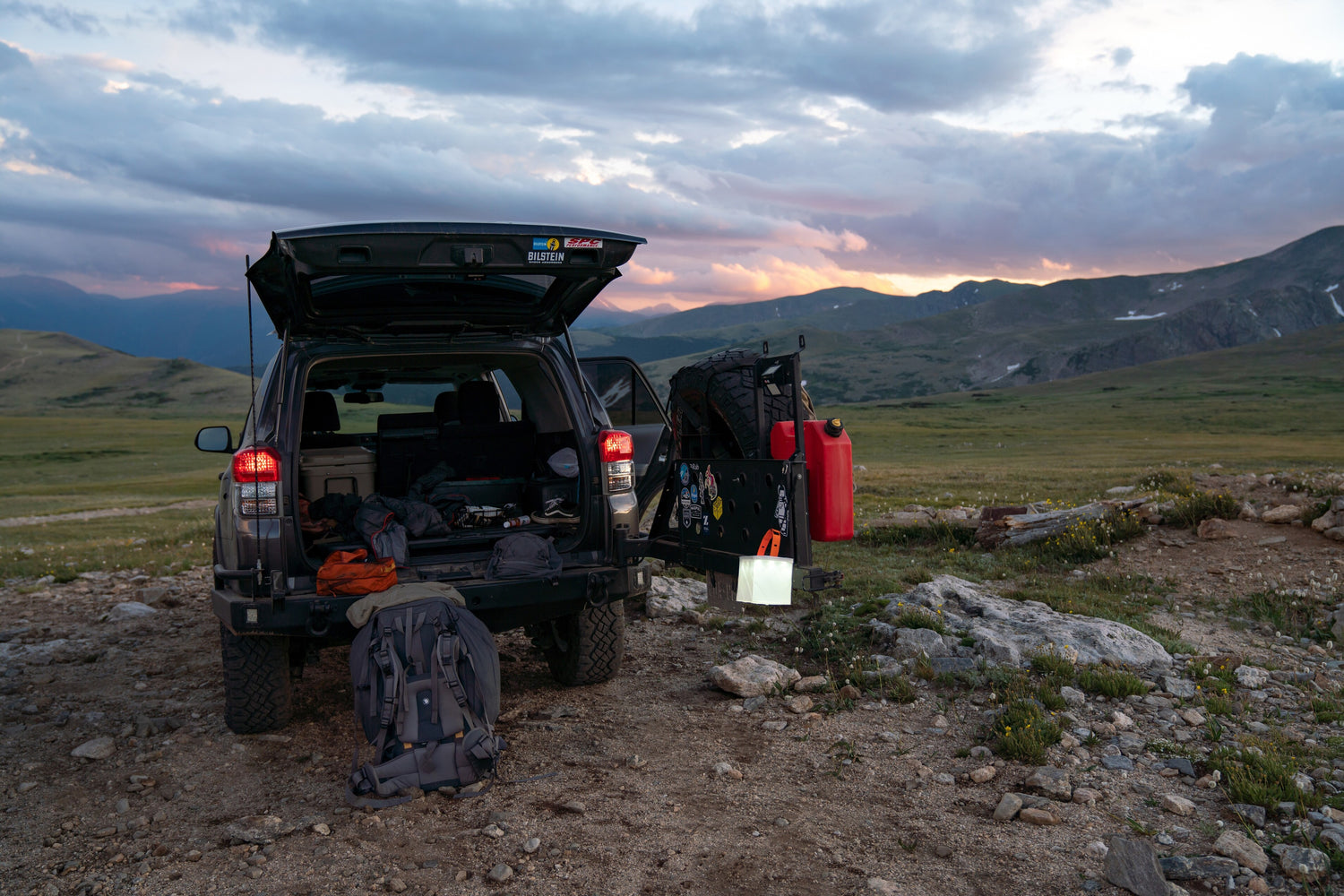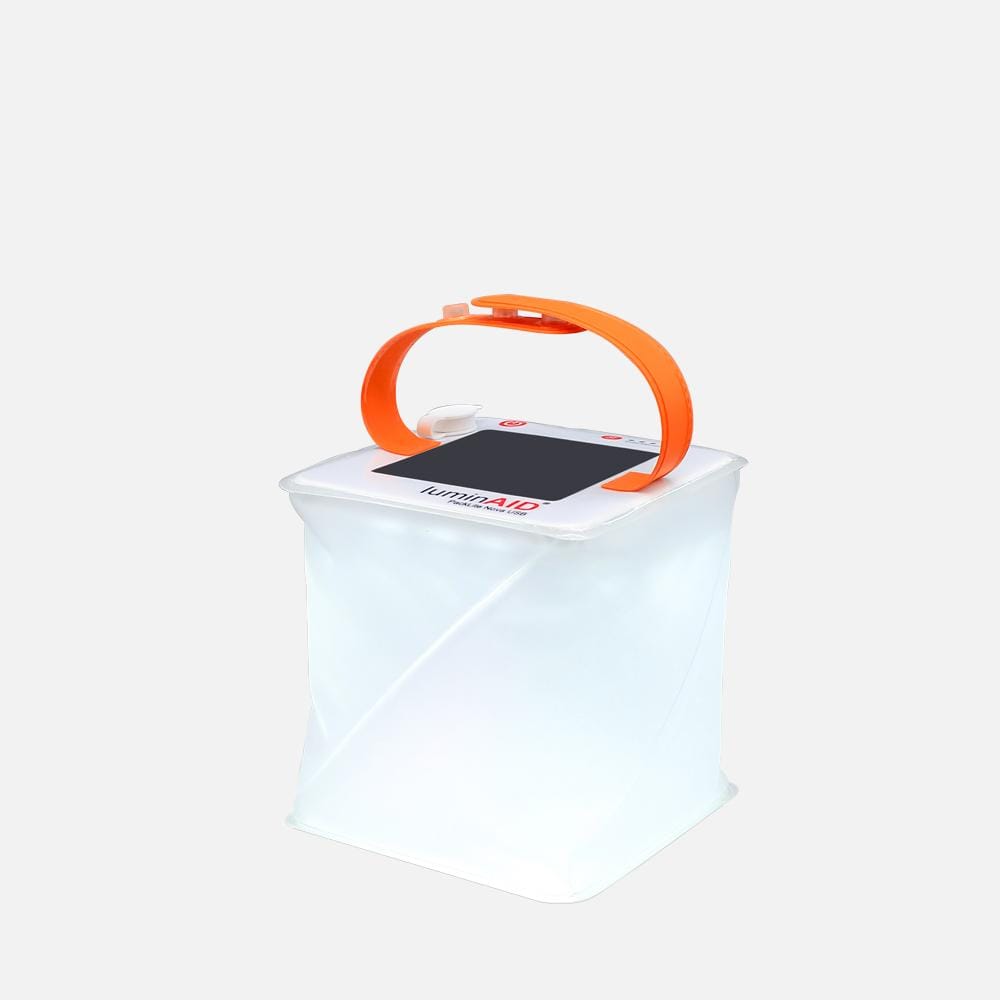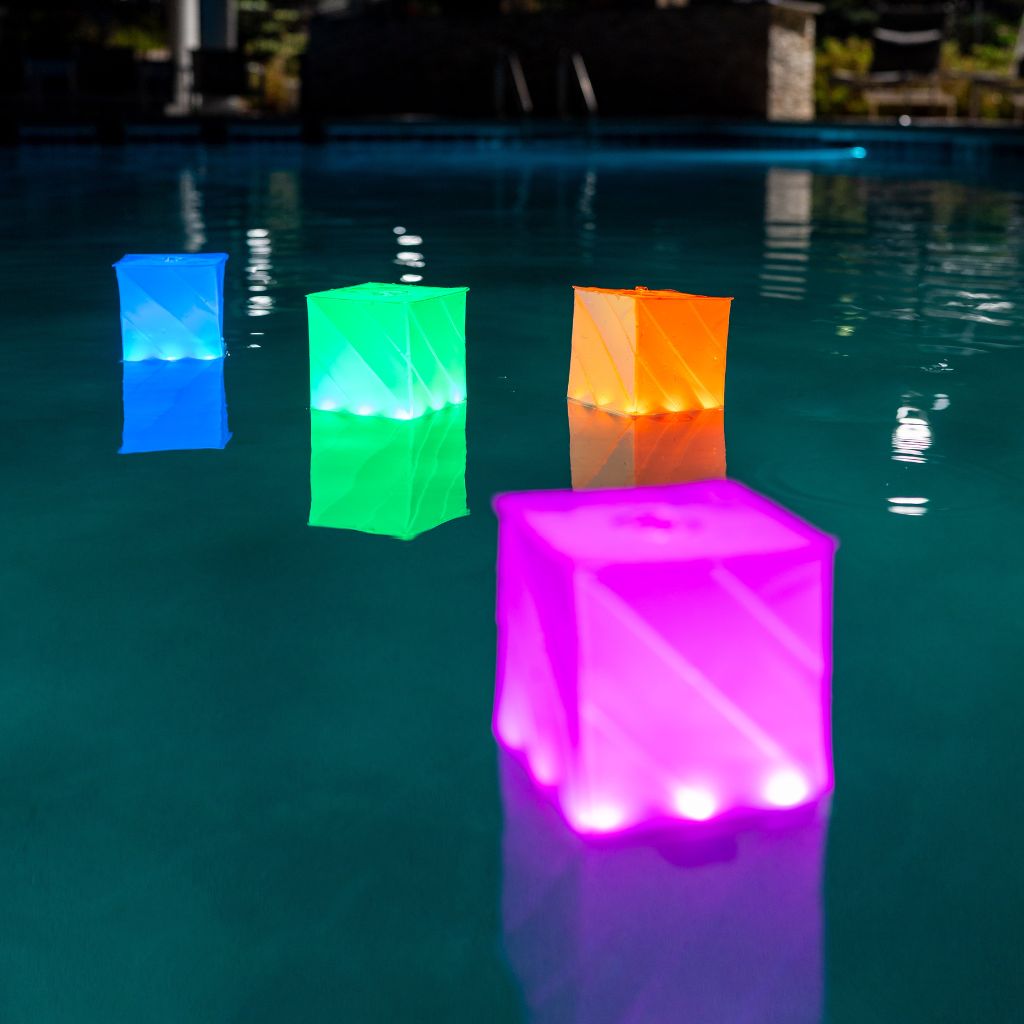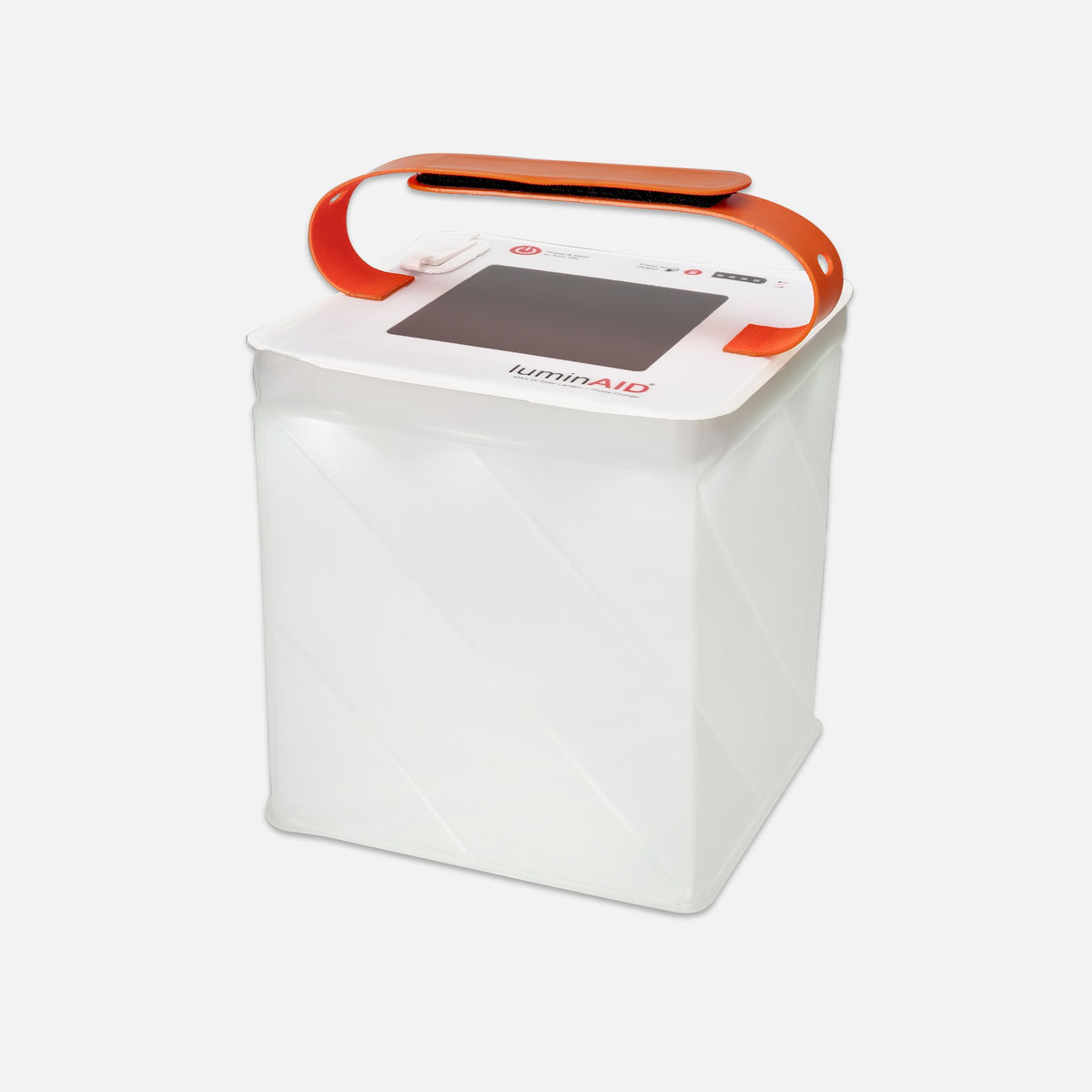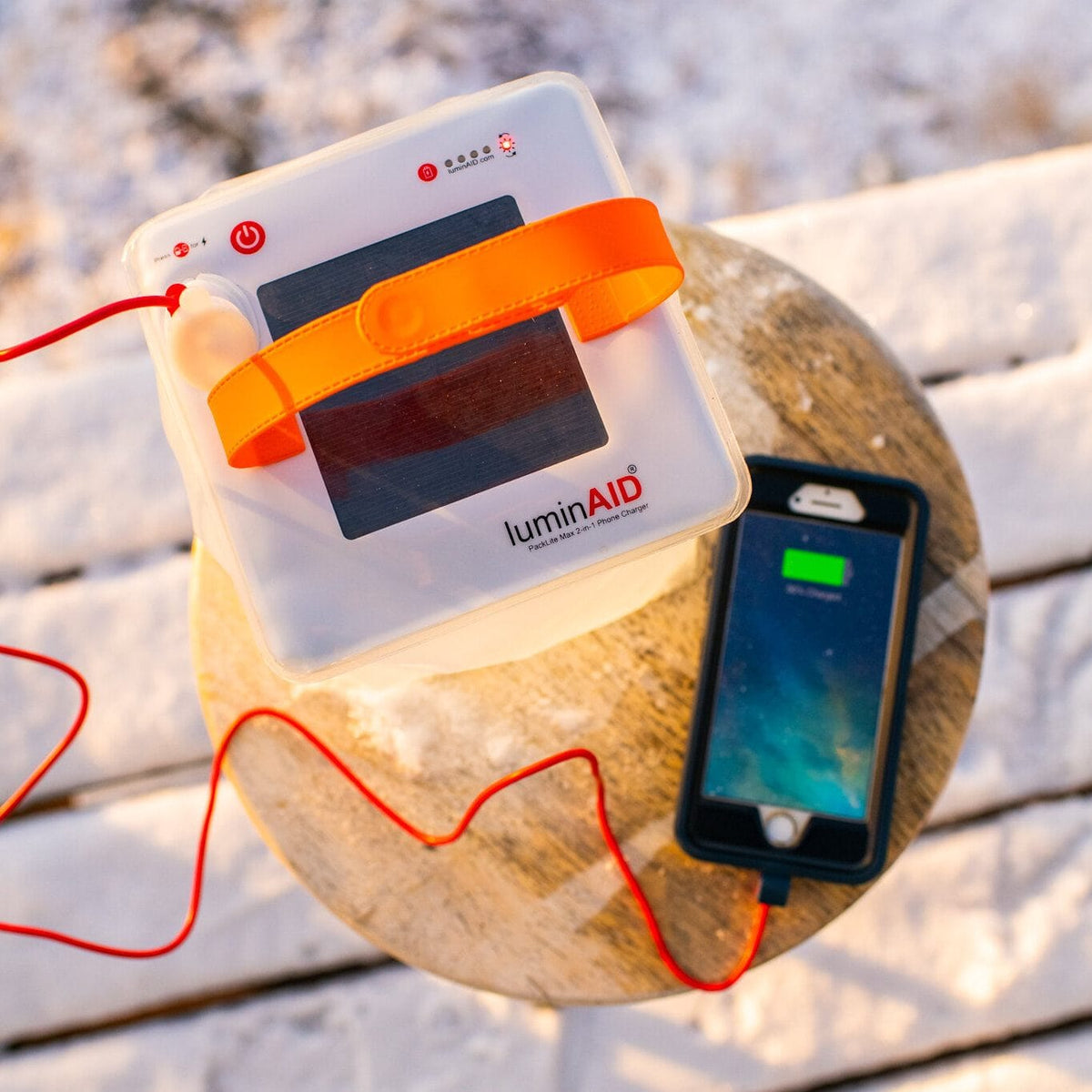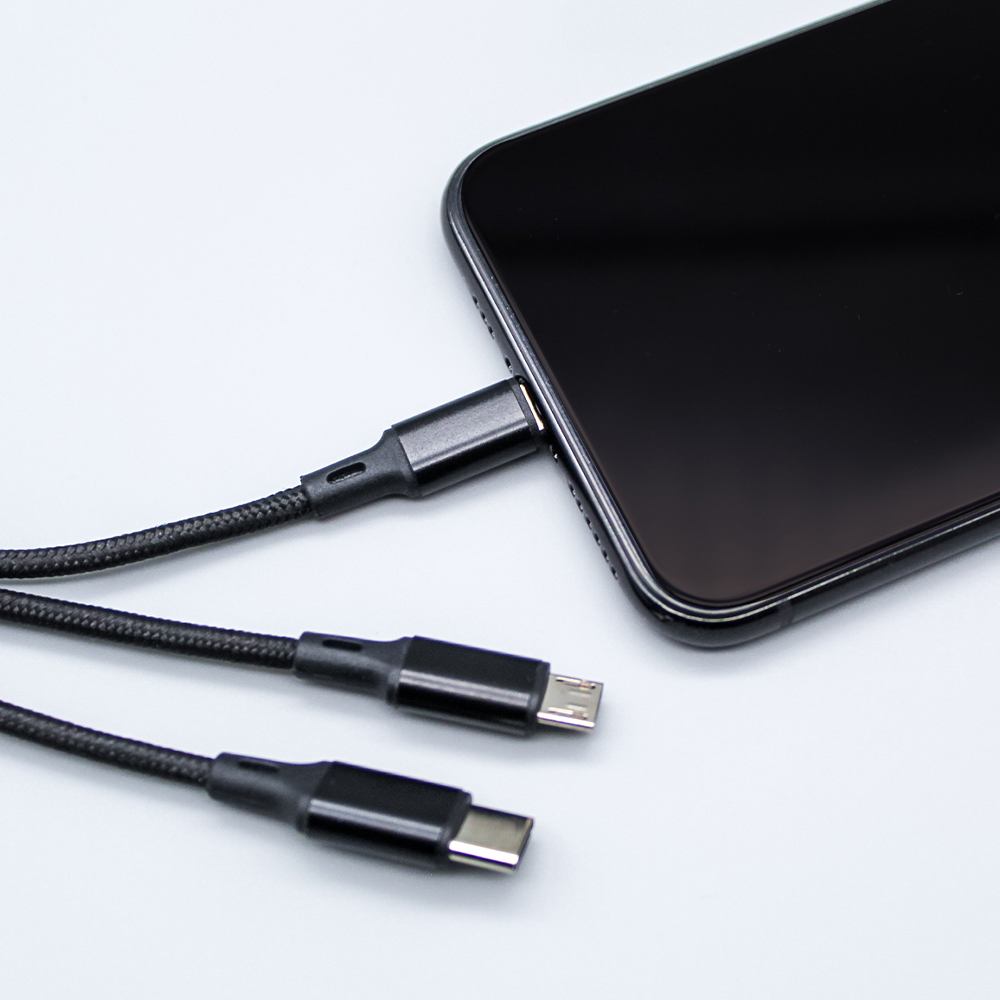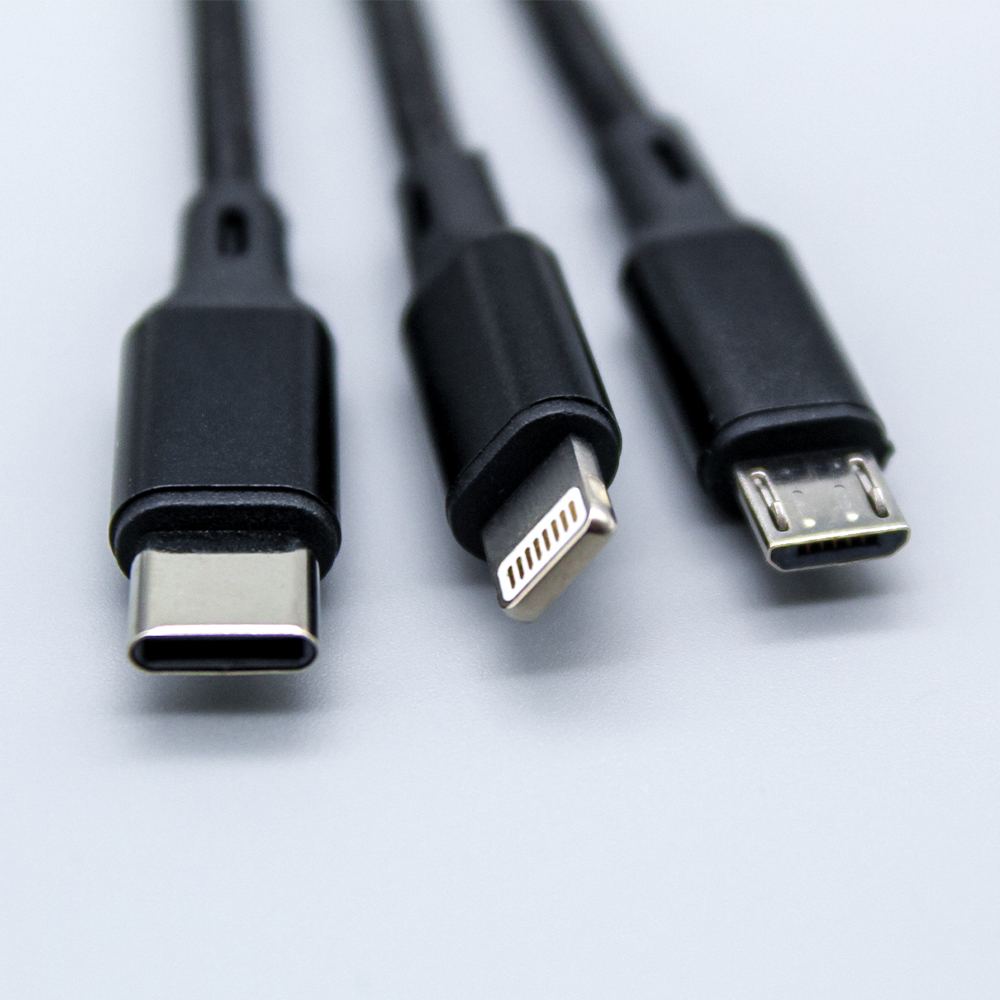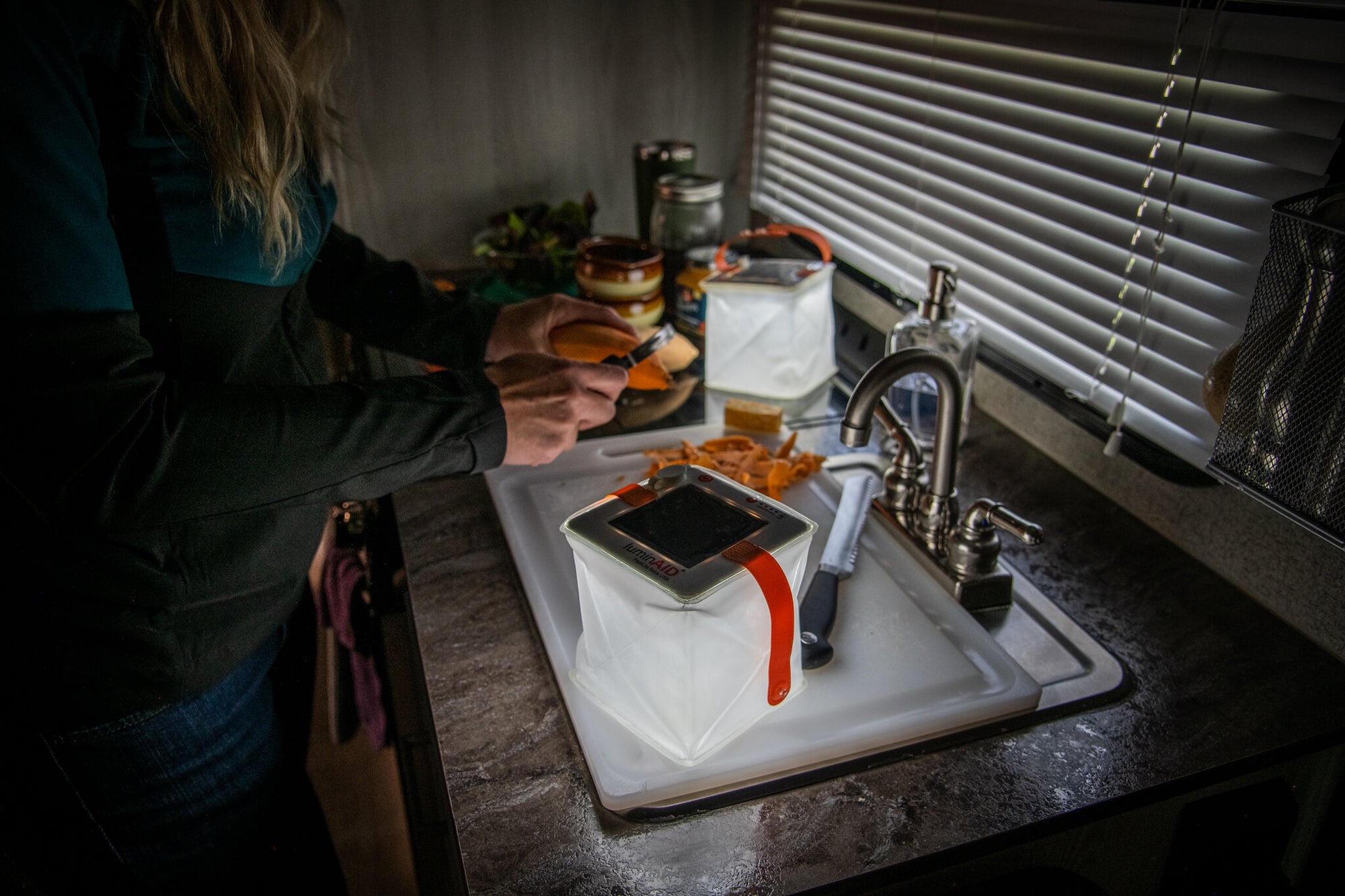Camping and water management
Camping water storage and water management are crucial aspects of a successful outdoor adventure for any camping enthusiast. Whether you're a seasoned camper or a newbie, it's essential to understand the importance of maintaining a clean and steady water supply to ensure a safe and enjoyable experience, as staying hydrated and having access to clean water for cooking are vital. In this article, we will delve into the world of camping hydration, exploring water containers, filtration methods, and storage techniques that will make your camping trips more efficient and enjoyable.

Comparing water containers
When it comes to camping, having a portable water container is important for hydration since having access to fresh water at camping grounds is not always available. There are various kinds of water containers to choose from: plastic bottles, water jugs, water tanks, and other specialized water containers for camping. Each has its own set of advantages and drawbacks, so let's compare them in terms of portability, convenience, and cost.
Plastic bottles: Lightweight and cheap, but not very durable, and can have a negative environmental impact.
Water jugs for camping: Sturdier and more environmentally friendly than plastic bottles, but can be bulky and heavy.
Water tanks for camping: Great for large groups or long trips, but not very portable and can be expensive.
Specialized water containers: Designed specifically for camping, they offer durability, portability, and convenience but can be more costly.
Water jugs for camping can usually be a safe bet for portability, cost, and capacity. They’ll give you plenty of water for your trip without being too costly or heavy like tanks.
Collapsible water containers
The collapsible water container is one of the best water storage solutions for camping enthusiasts. These containers offer the perfect combination of portability, convenience, and durability. Some of the leading collapsible water container products include:
Nomader Collapsible Water Bottle: If you’re looking for a personal-sized water bottle, the Nomader Collapsible Water Bottle is made of insulated and shatterproof silicone and can be rolled to a fraction of its original size.
UST 10L Roll-Up Water Carrier: Although this water carrier will need to be hung from a tree or clothesline, it makes up for it in its amazing compatibility.
SOL 20L Packable Water Cube: For longer trips, SOL’s 20L water cube will provide you with more water before refilling without taking up as much space as a water tank.
Portable water containers for camping allow for more portability by folding or collapsing into themselves, saving crucial space.
Selecting the right water container
When choosing a water container for your camping trip, consider the following factors:
Capacity: How much water will you need for the duration of your trip?
Portability: How easy is it to transport the container?
Durability: Can it withstand the rigors of camping?
Cost: Is it within your budget?
Environmental impact: Is it reusable and eco-friendly?
Water filtration
Water filtration for camping is essential in ensuring your water supply is clean and safe for consumption. Several water filtration solutions are available, including:
Portable water filters: Lightweight and easy to use, these filters remove contaminants from freshwater sources such as rivers and lakes.
Look for NSF 53 and NSF 58 certification labels for protection against parasites and most bacteria, or reverse osmosis filters to remove salt from the water and protect against viruses.
RapidPure’s collection of purifying water bottles can filter biological contaminants and particulates in the water for fresh and clean water wherever you are.
Water purification tablets: A compact and lightweight option, these tablets kill bacteria and viruses in water but cannot filter out dirt, salt, or other particulates in the water.
Boiling water: A simple and effective method for killing bacteria and viruses, boiling water is an excellent option when other filtration methods are unavailable.
Though most campers will typically choose boiling water as their preferred choice for water filtration for camping, you may have to use water filters or tablets instead if your camping ground does not allow fires.
Effective water storage techniques
To ensure your water remains clean and safe during your camping trip, follow these practical storage tips:
Keep water containers away from direct sunlight, as this can promote the growth of algae and bacteria.
Avoid placing containers near heat sources or chemicals, as these can affect water quality and taste.
Regularly inspect your containers for leaks or damage, and replace them as needed. As a general rule of thumb, you should replace your water storage for camping every year if you use plastic containers and every few years if you use stainless steel.
Clean your containers before and after each use to prevent contamination.

5 tips to manage water in different camping environments
Depending on your camping environment, these 5 tips from our team will help you manage your water supply better.
- If you camp in a desert, carry extra water, about one gallon per person per day. The dry climate increases thirst and dehydration risk. Using insulated containers is great to keep water cool.
- If you camp in a forest, locate natural water sources like streams or lakes. Use a portable filter or purification tablets.
- If you camp in a mountainous area, water from melting snow may seem pure, but often contains microorganisms. Always treat it before drinking. Cold temperatures can dehydrate, so drink regularly.
- If you camp in a coastal region, you should know that seawater isn't drinkable due to high salt content. Rely on carried water or find freshwater sources inland. Stay hydrated to counteract humid conditions.
- Before going on your camping trip, take a minute to plan ahead. Research specific water sources and availability at your destination. Know the location of the nearest emergency water supply. In other words, adjust your water plan according to the environment.
Maintaining hydration
Last summer, I was part of a camping group in the heart of a national park. As seasoned campers, we knew the importance of staying hydrated throughout our journey.
Here are some strategies we used to manage our water consumption and stay hydrated during that camping trip:
We were drinking water consistently throughout the day
Drinking water consistently was an important lesson we learned early on in our camping adventures.
Thirst is not always a reliable indicator of hydration, so we drank water even if we didn’t feel thirsty. So we always made it a point to carry water bottles with us and took sips every 15-20 minutes while hiking.
This helped us maintain our energy levels and stay alert on the trails.
We used urine color as an indicator of our hydration levels
As strange as it may sound, the color of your urine is an effective way to gauge your hydration levels.
On the second day of our camping trip, I noticed that my urine had become darker. It was a signal to me that I wasn't drinking enough water.
So I increased my water intake, and by the next day, it was back to a clear or light yellow color, which suggested proper hydration.
We were paying attention to signs of dehydration
During our camping trip, we did a lot of things: hiking, swimming, and deep forest exploration. With all the physical activities, we had to ensure we were well-hydrated.
However, one of my friends complained about fatigue and headaches after a long hike on one of the warmer days. As a group, we recognized that she was showing possible signs of dehydration, so we took a break and drank more water.
Soon enough, our friend felt much better, and we could continue our adventure.
Conclusion
Water management is essential for a successful camping trip, and by following the tips and techniques discussed in this article, you'll be well-equipped to stay hydrated and enjoy your outdoor adventures with confidence.
Collapsible water containers offer the best balance of portability, convenience, and durability, while water filtration methods such as portable filters and purification tablets ensure clean and safe water for consumption.
By implementing effective water storage techniques in your camping checklist and staying vigilant about maintaining hydration, you can make the most of your camping experience and create lasting memories in the great outdoors. So, gear up, plan wisely, and embark on your next camping trip with the assurance that your water management is under control.

